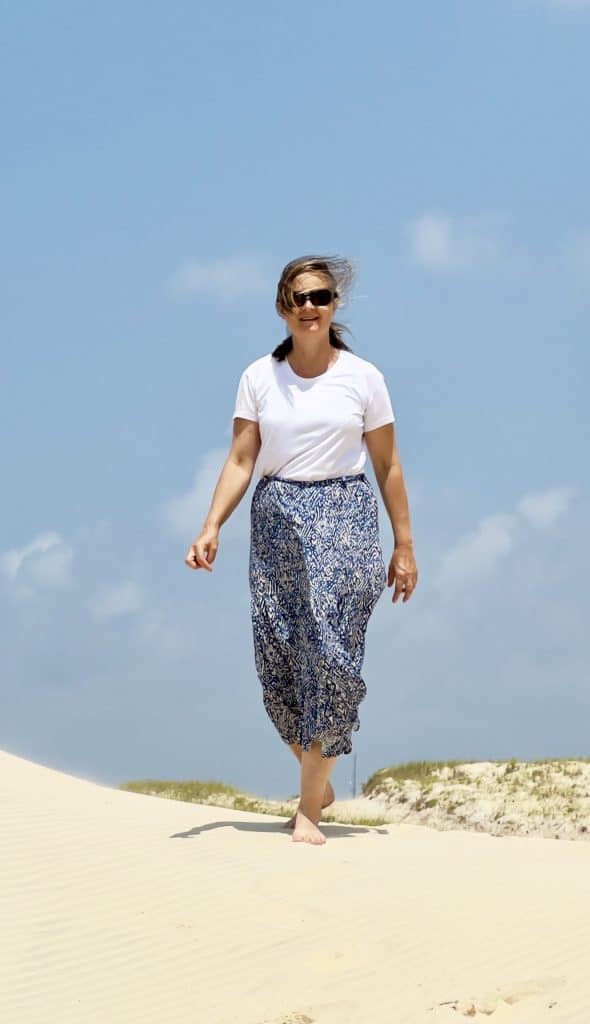It is with great sadness that we announce the death of Juliette Lamarche in Natal (Brazil) on 2 September 2024.
Juliette Lamarche, born in 1970, grew up in the Nord-Pas-de-Calais region (Hauts-de-France).
She first studied geology at the University of Lille and then at the University of Paris VI, where she obtained her doctorate in 1999 on the importance of inherited structures in the formation of basins and the deformation of Central Europe.
After 4 years of research at the GeoForshungsZentrum Potsdam in Germany, she joined the Laboratoire de Géologie des Systèmes et des Réservoirs Carbonatés (GSRC) at the Université de Provence in Marseille as a senior lecturer in 2003. In 2012, this laboratory will be merged with the CEREGE at the Université d'Aix-Marseille.
In this new multidisciplinary team, she developed innovative approaches to structural geology, focusing on understanding the geodynamic processes responsible for the properties of carbonate reservoirs within sedimentary basins.
Juliette Lamarche was an authentic naturalist geologist who was able to integrate numerical approaches, thus contributing to the development of quantitative methods for characterising carbonate reservoirs. At the heart of her teaching and research activities was the need to reconcile scientific questions with the impact on society, and she led a number of major collaborations with industry, both in France and internationally. Her numerous scientific articles are benchmarks for Provençal geology and the problems of fractured carbonate reservoirs.
A passionate, dynamic and rigorous teacher-researcher, an unstoppable and insatiable field geologist, Juliette has helped to inspire and train generations of masters, doctoral and post-doctoral students. She was a pillar of geology teaching at our university. As well as passing on skills in her field of research, she always put a great deal of personal energy into helping students with their career plans.
His colleagues and students will always be marked by his passion and dynamism, and will remember his strength of character, which commanded the respect and admiration of all.
All the staff at CEREGE share the sadness of her family, her son Ronan and her ex-husband François.
If you would like to write a message in his memory, a notebook is available. on this link. These words will be passed on to the family and in particular to her son at the funeral.
Jean Borgomano, François Fournier, Philippe Leonide, Sophie Viseur and the management of CEREGE, on behalf of all his students and colleagues at CEREGE.


